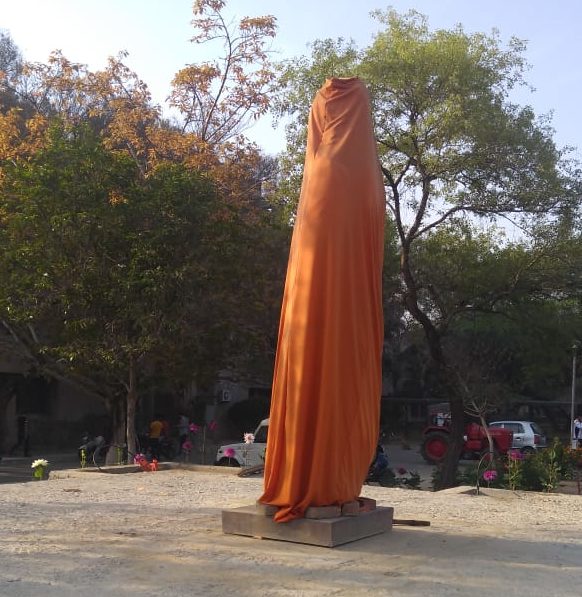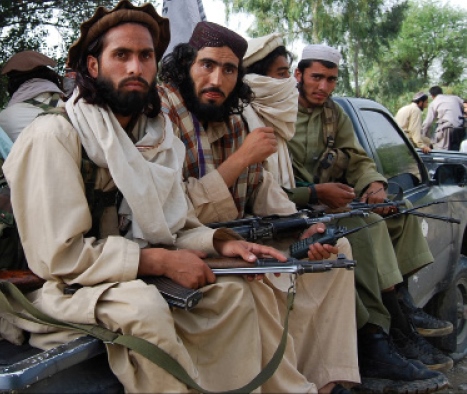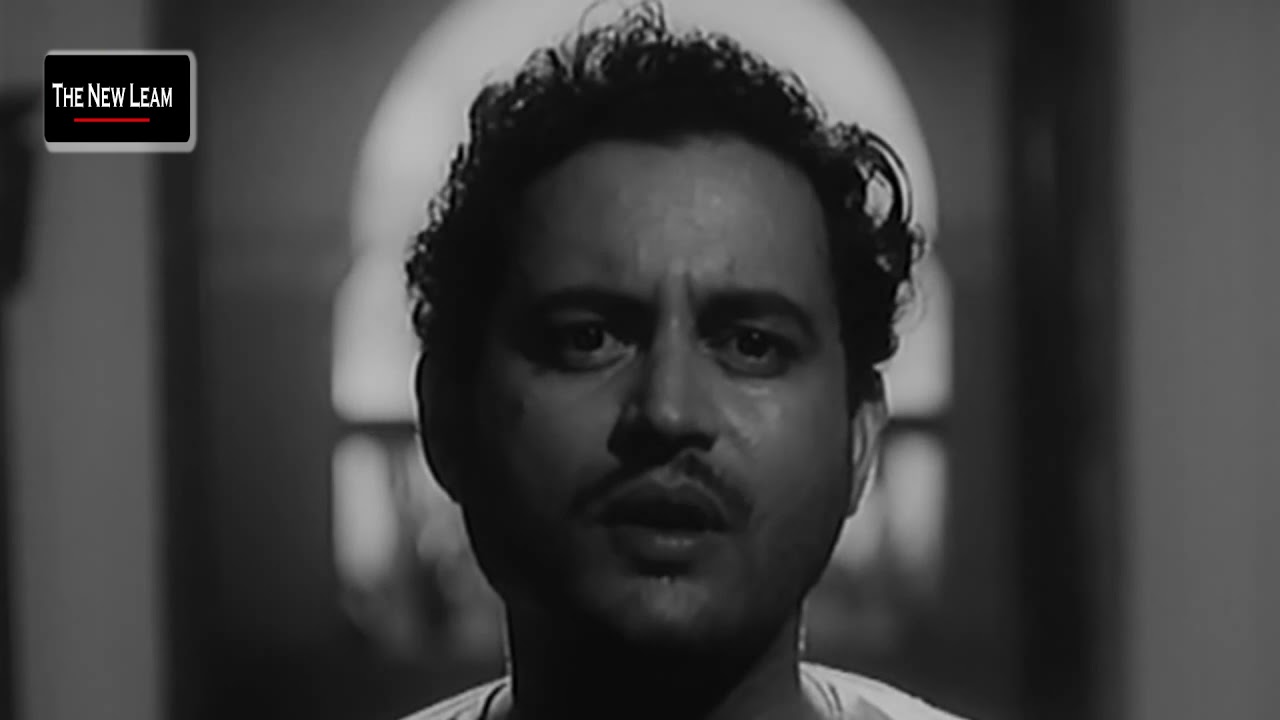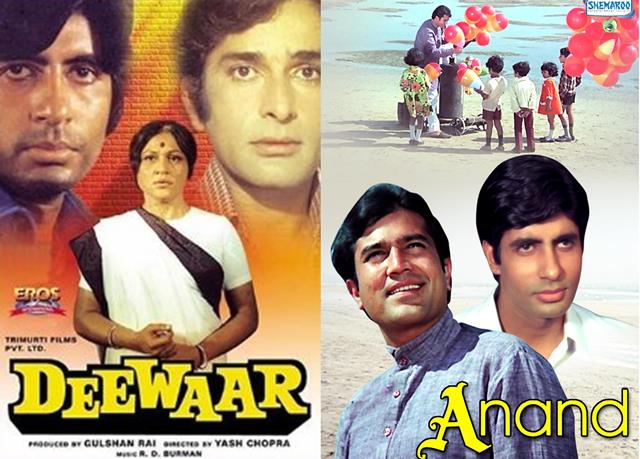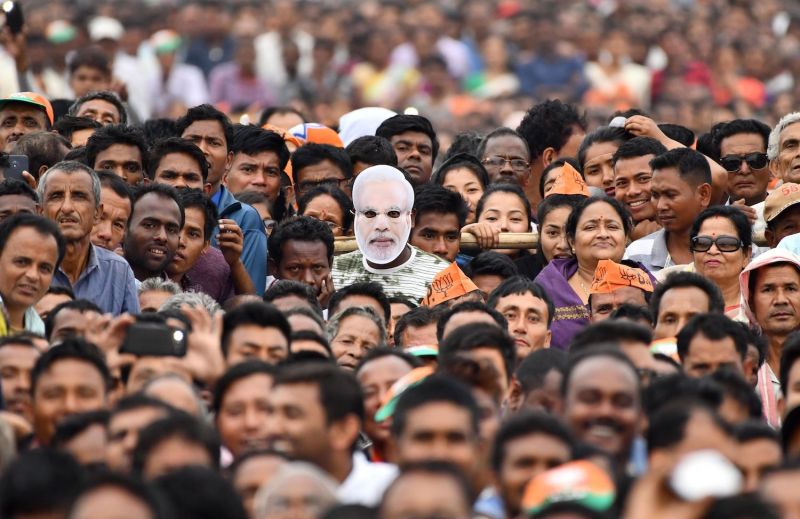Every morning when I pass by the administrative building of the Jawaharlal Nehru University, I imagine Swami Vivekananda requesting the JNU community to free him from the saffron veil of his statue which is waiting to be unveiled by one of the powerful ministers of the government of India. He seems to be appealing to the university community to release him from the image of a Hindu philosopher to a philosopher of universal human emancipation. That is what he must have had in mind when he addressed the people of America as ‘Brothers and Sisters’ in his famous Chicago speech. I remember a Sociology Professor from Delhi School of Economics, who refused to go to a seminar where he was invited as a representative of his religious community by saying ‘If I will speak for my community who would speak for humanity’. I am sure Swami Vivekananda would have been on the same page with him.
Swami Vivekananda got this idea of pleading for the universal humanity from his Guru Rama Krishna Paramahansa. The concept of Paramahansa stands for a liberated soul which does not differentiate between ‘self’ and the ‘other’. Rama Krishna taught him the lesson that liberation is not an individual, but a social or a collective project. Swami ji refused to opt only for ascetic meditation; instead, he chose social service as a means of achieving personal liberation.
He was the pioneer of ‘liberation theology’ as he argued that the purpose of religion is to break the structures of domination, which is necessary for unleashing the limitless potential of human beings. He dared to challenge the orthodoxy in the Parliament of Religion by suggesting that those interested in saving people’s soul must ‘try to save their bodies from starvation’. To him ‘it is an insult to starving people to offer them religion; it is an insult to a starving man to offer him metaphysics’.
Very soon we shall have statues of two great thinkers facing each other in the University. Common sense suggests that Nehru stands for reason and Swami ji for faith. It is rightly said that common sense is not always trustworthy. In a lecture delivered in England, Swami ji addressed this question: ‘Are the same methods of investigation, which we apply to sciences and knowledge outside, to be applied to the science of Religion?’ His answer will break the hearts of those who think he was a conservative Hindu: ‘In my opinion, this must be so, and I am also of the opinion that the sooner it is done, the better. If religion is destroyed by such investigation, it was then all the time useless and unworthy superstition; sooner it goes the better. I am thoroughly convinced that its destruction would be the best thing that could happen.’ He believes that it would be a kind of purification as only the essential part of religion would remain with us.
In an essay titled as ‘The Ideal of Universal Religion’, Swami ji ponders upon the possibility of adopting all religions by humanity as he considered all of them as knowledge systems and he believes in need of harmonious relations among them. He rejects the idea of linking religion with a nation, with family or with patriotism. He thinks that ‘fanaticism is a disease of human brains’. According to him, these fanatics are the ‘most sincere of human beings; but they are quite as irresponsible as other lunatics of the world’.
If this is Vivekananda, then I am sure these statues would not think in contrast, but they would together engage in deliberations to save India and save humanity. One may ask if this is true then how he could have been appropriated by the Hindu nationalism. There is a little trick here. He goes to the West and defends Hinduism as it used to be, without any modification. He provides a beautiful justification for Hinduism that makes the Hindu Rajas and Maharajas, the conservative Hindus, very happy. We need to remember that by defending Hinduism he was challenging the hegemony of the West, which was necessary for the self-esteem of the colonised subject. It is quite interesting to note that on his return to India he delivered his first speech at Chennai. India’s top feudal lords were present in this meeting to welcome him. He took this opportunity to express his anguish against this class, and he announced that this class should be held responsible for the misery of the Indian people.
It should not be difficult to agree that there are two Vivekananda: one of the Hindu nationalist and other of the poor people. Hindutva’s appropriation of Vivekananda is not as sustainable as he is a people’s philosopher. He is waiting to be rescued. Hopefully, one day his writings would be read correctly by those who have neglected him and handed him over to the forces opposed to his viewpoint.

